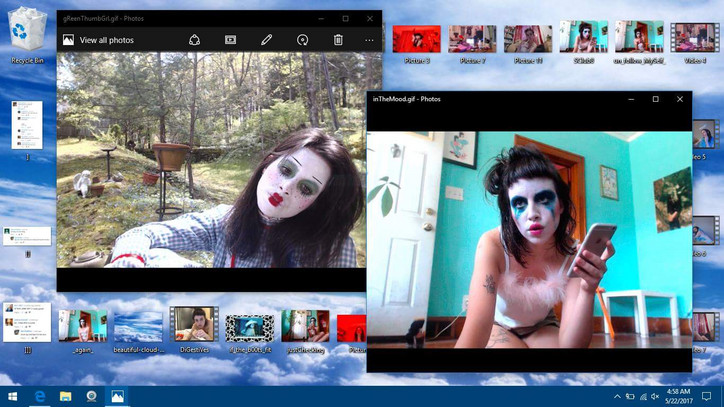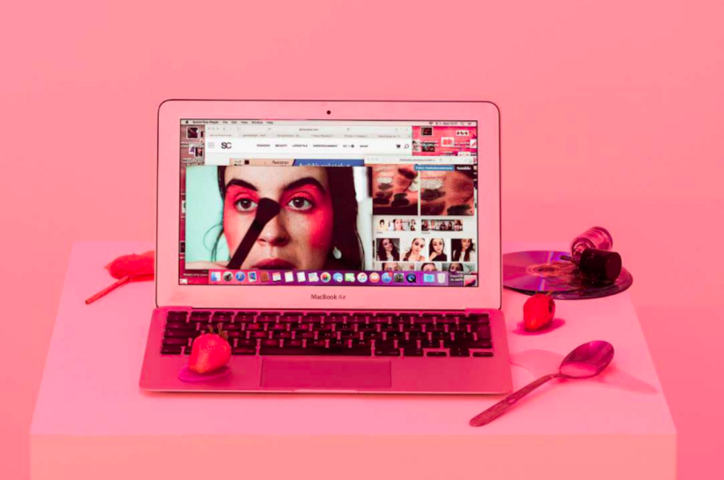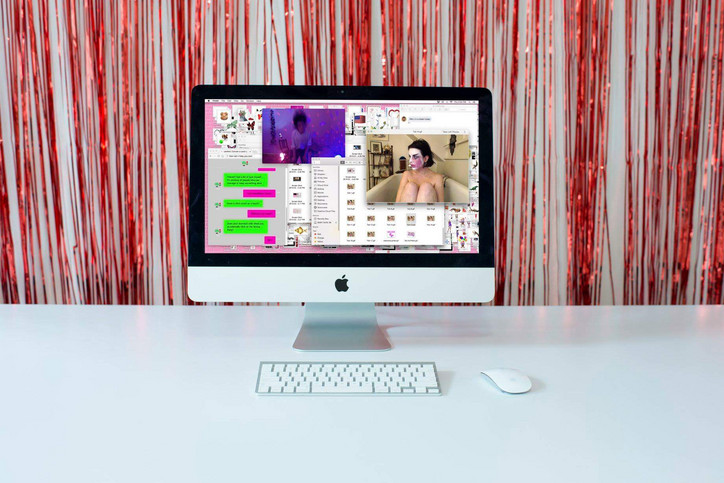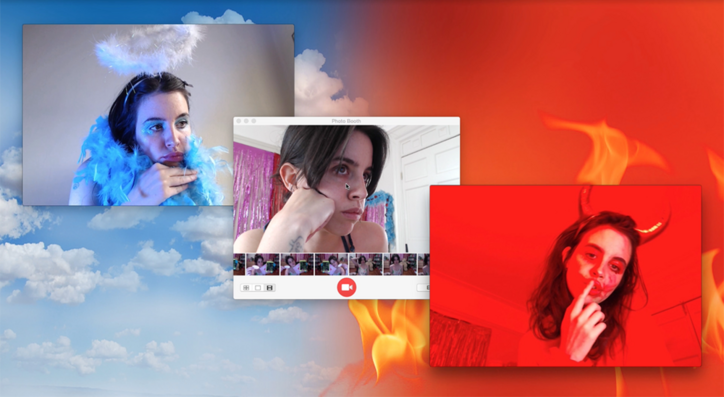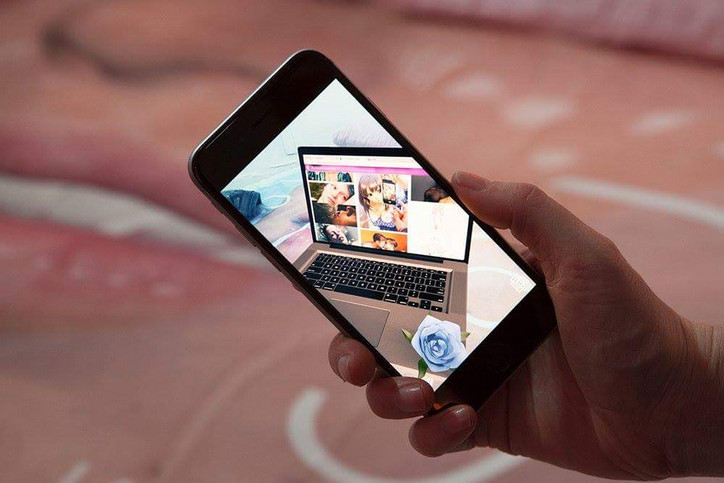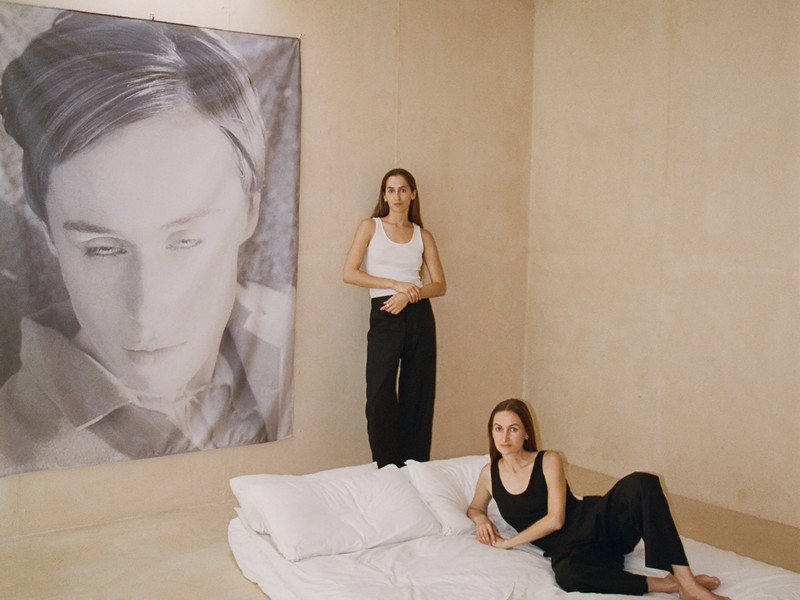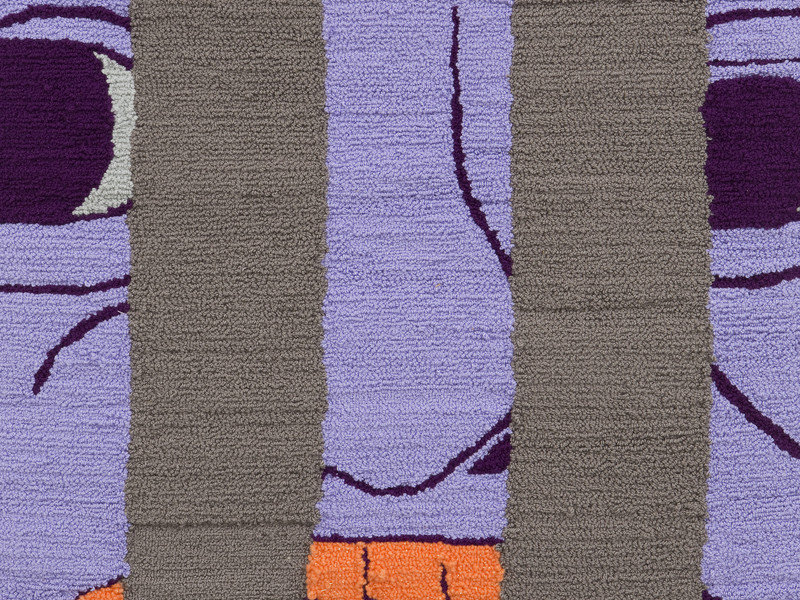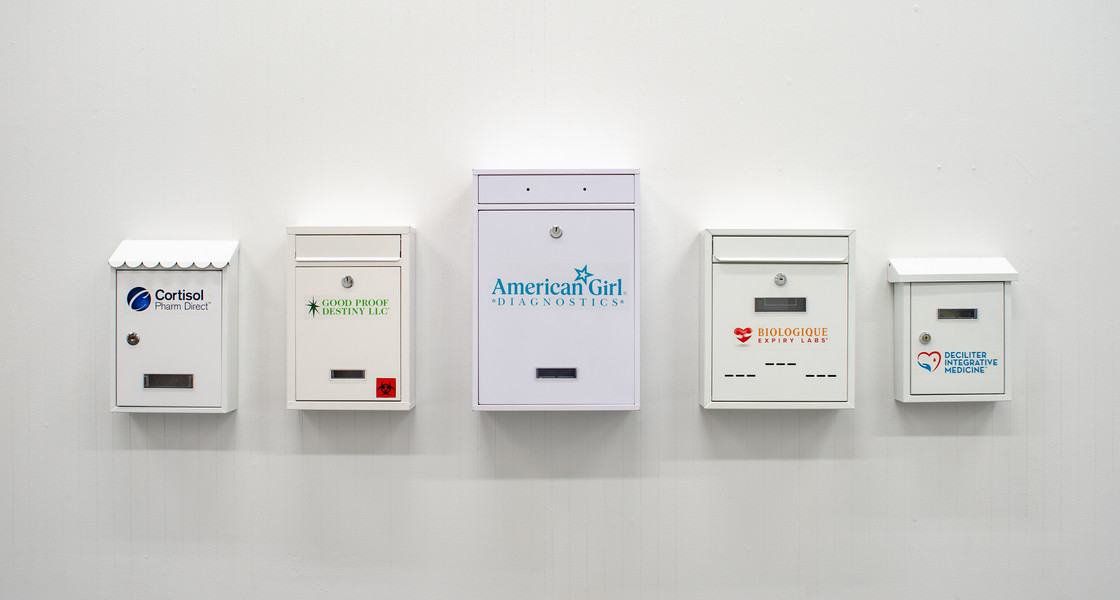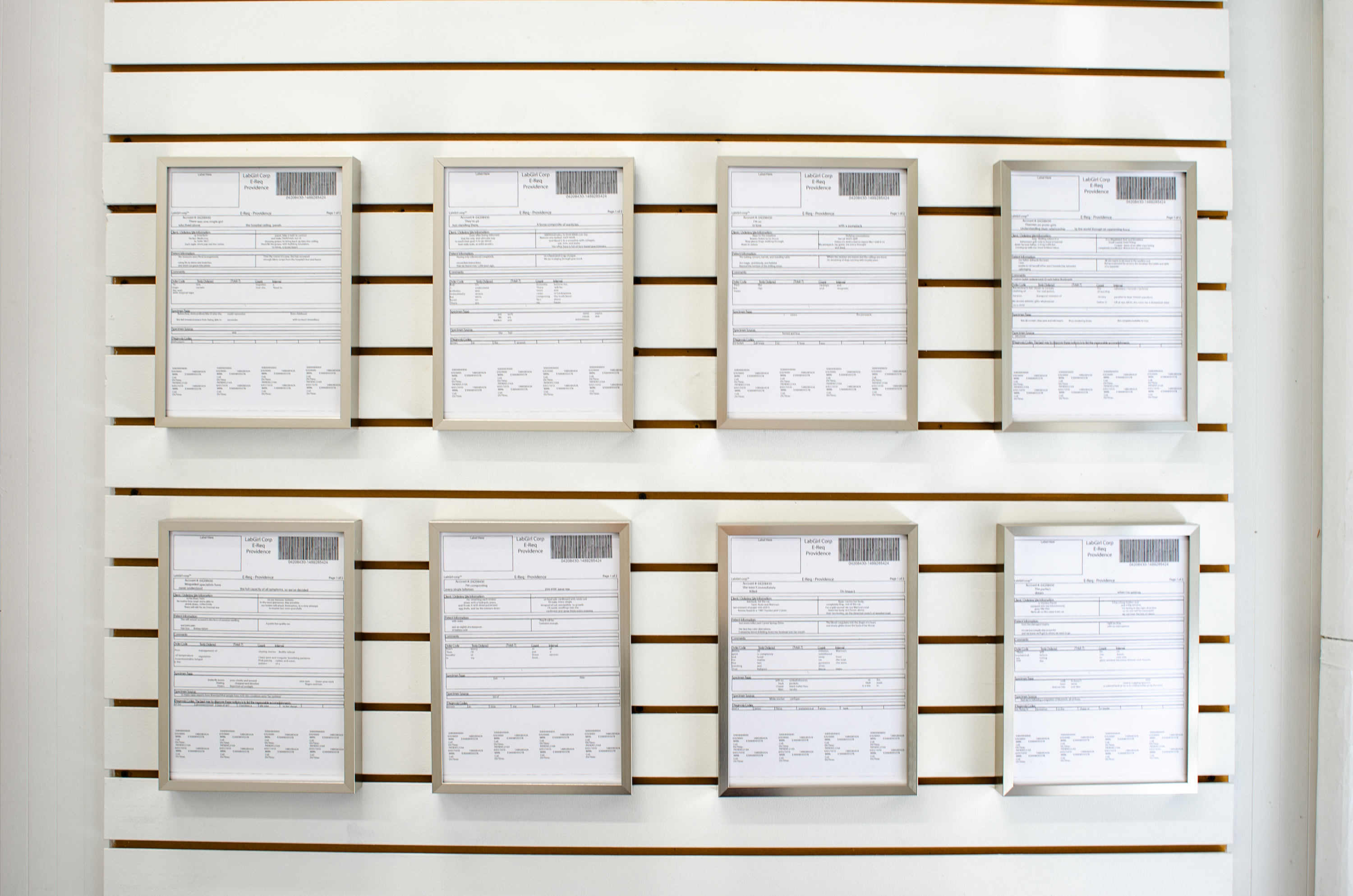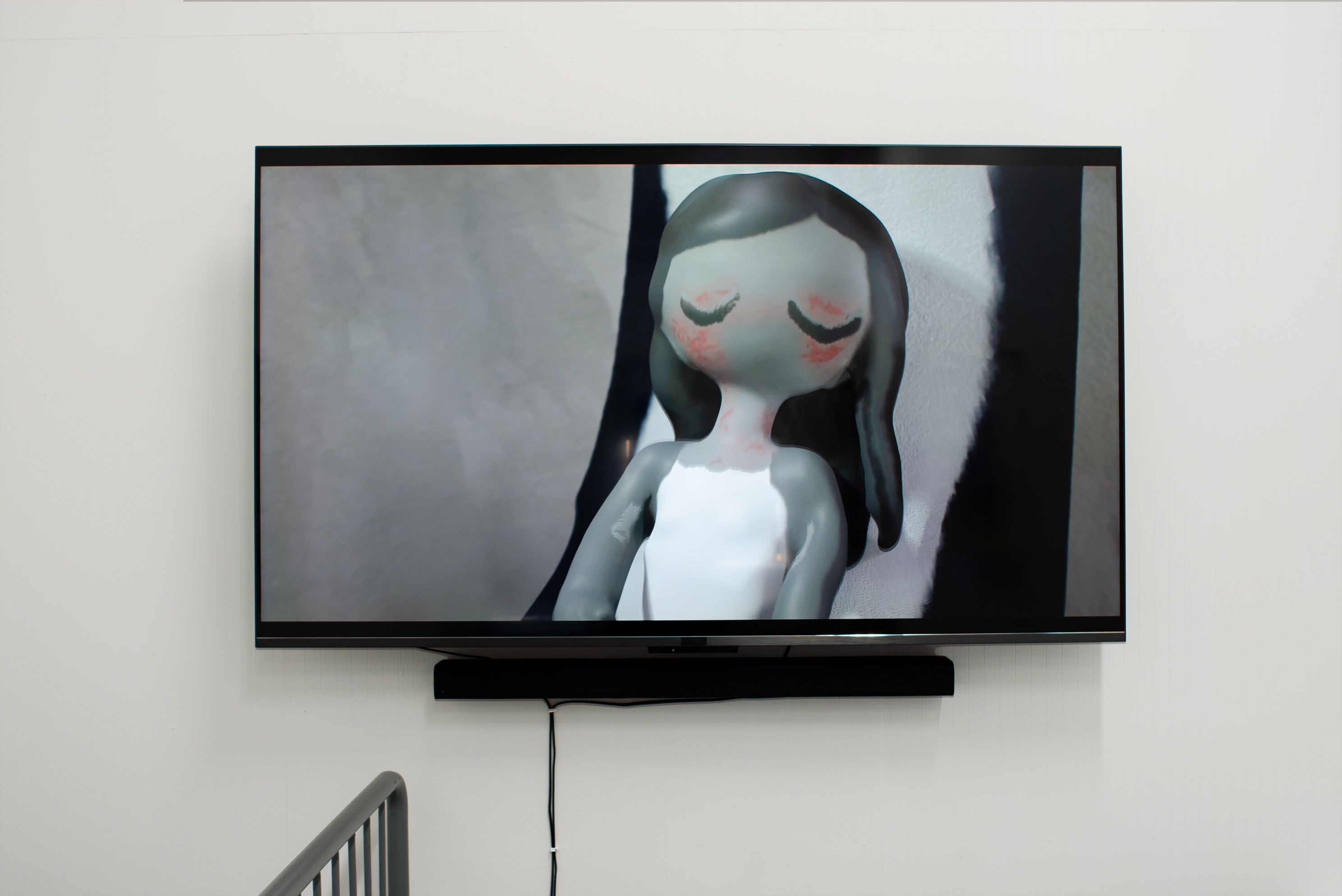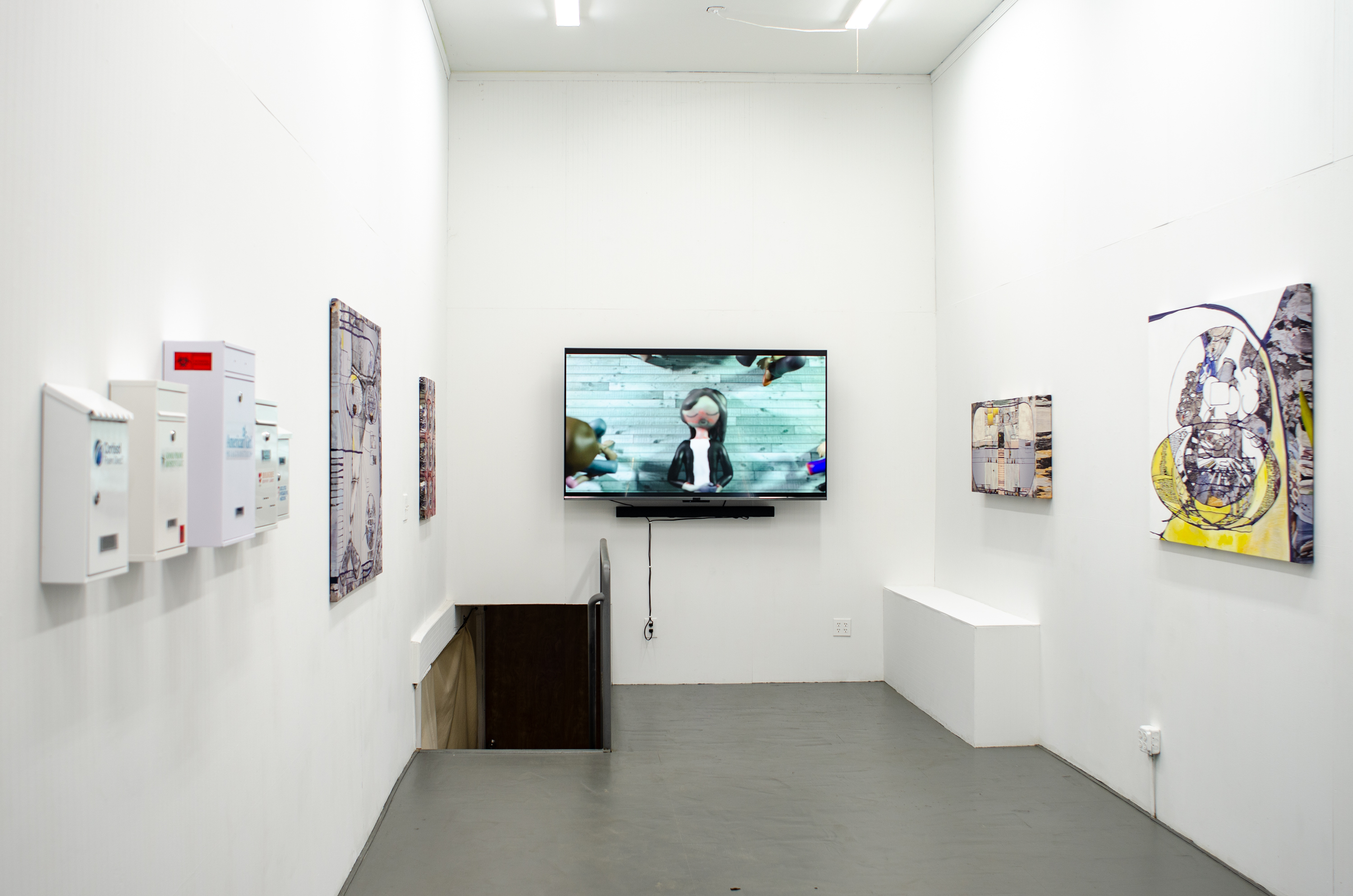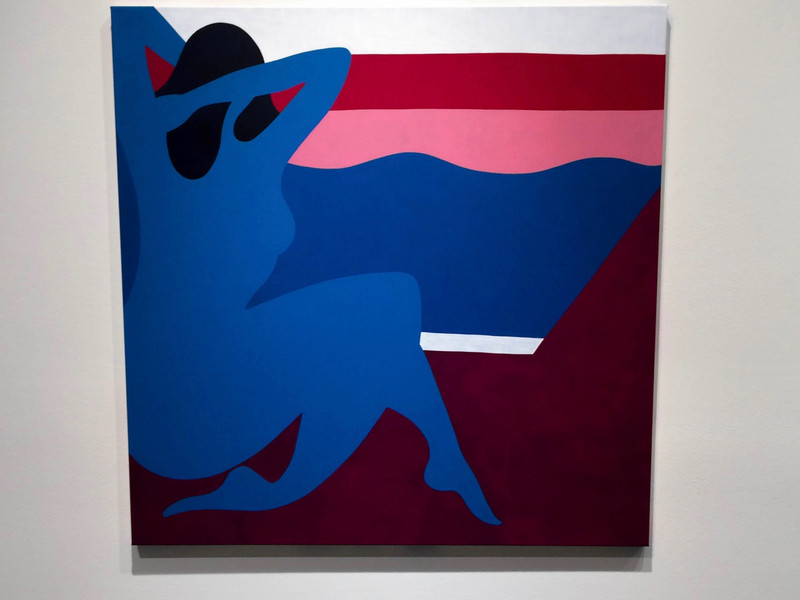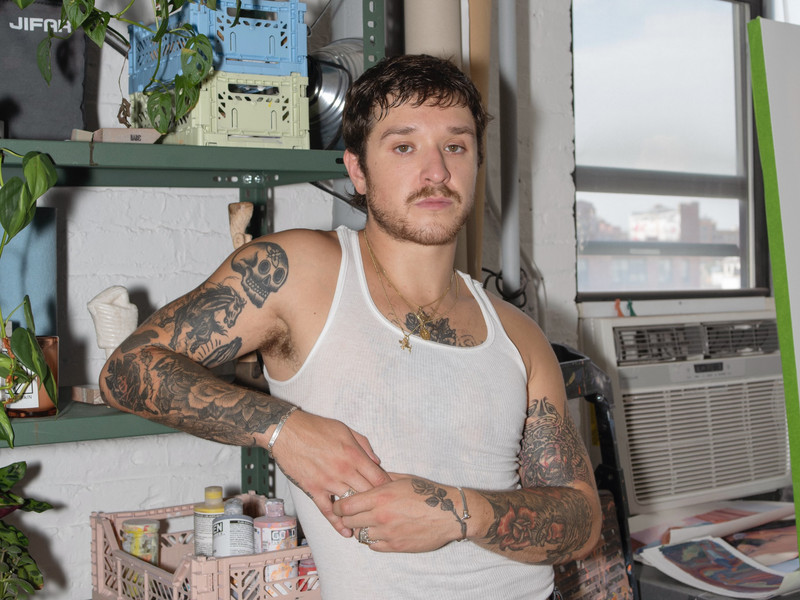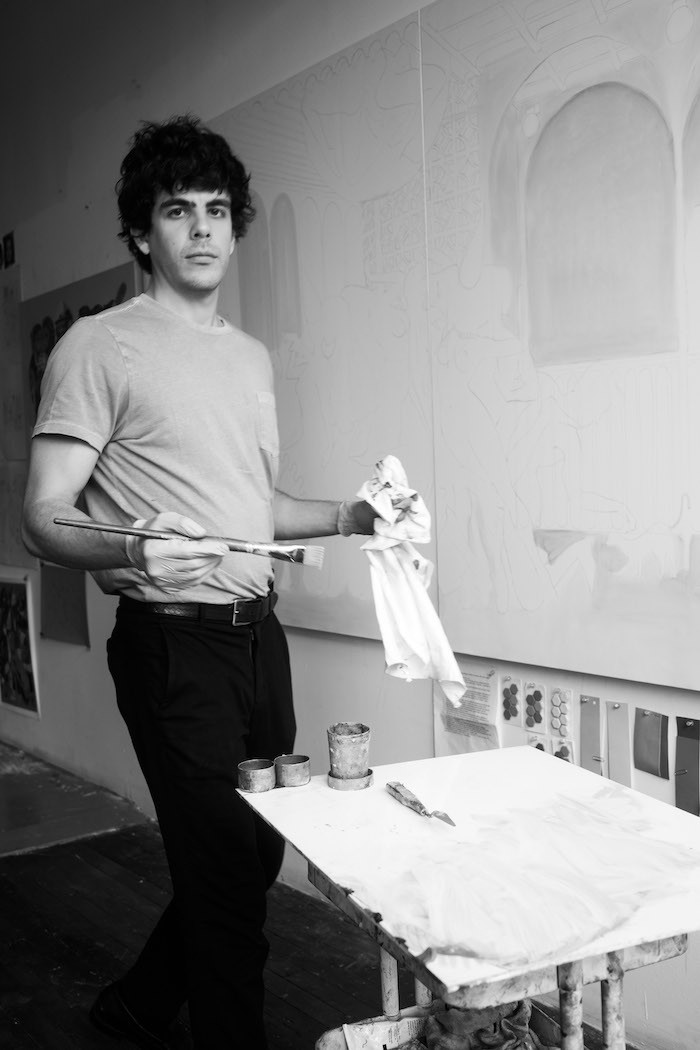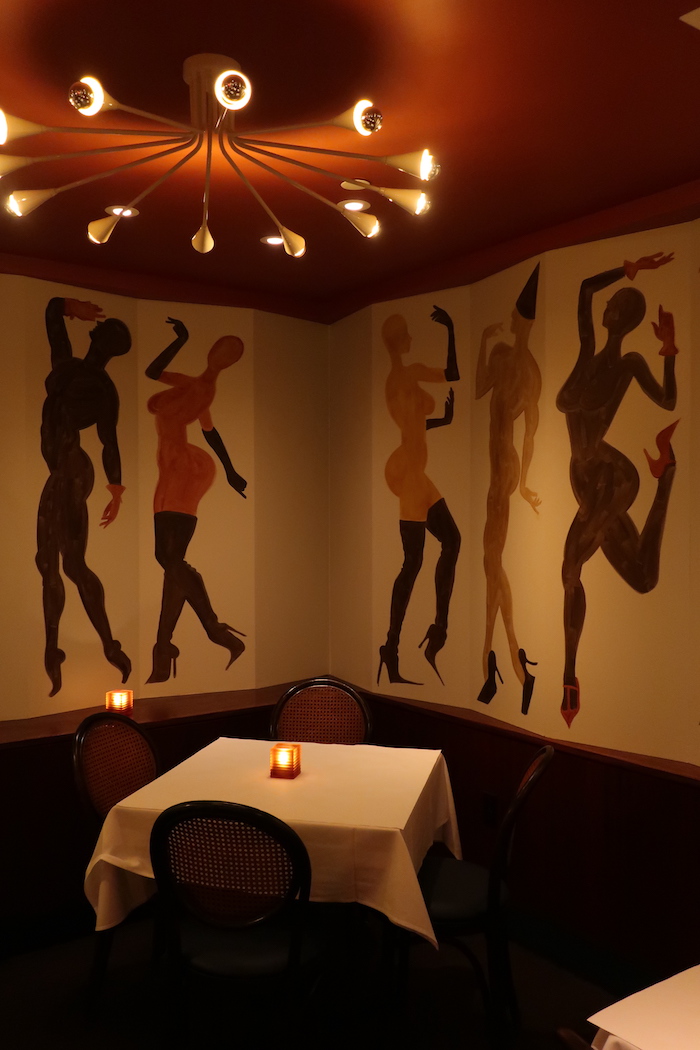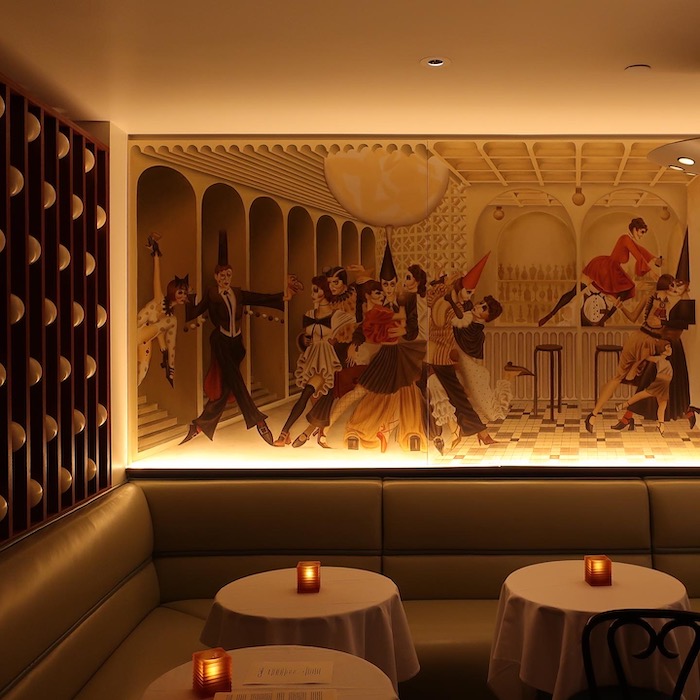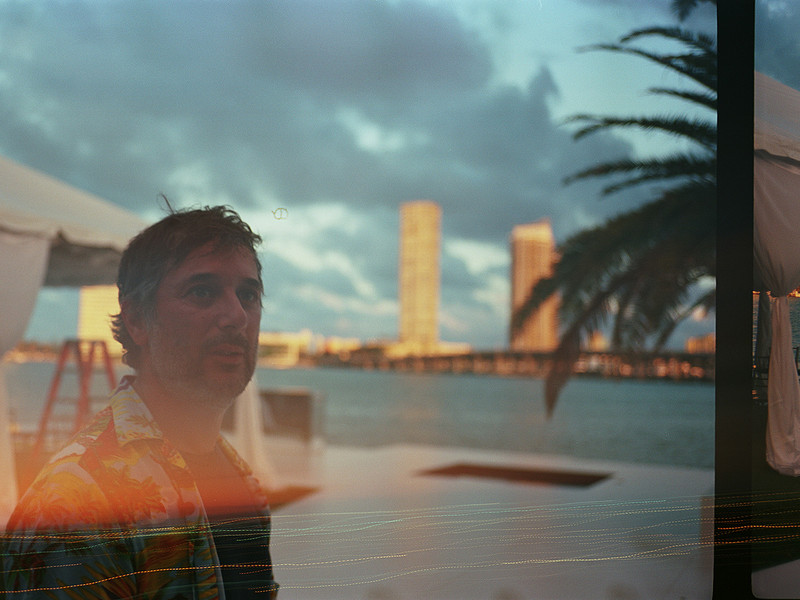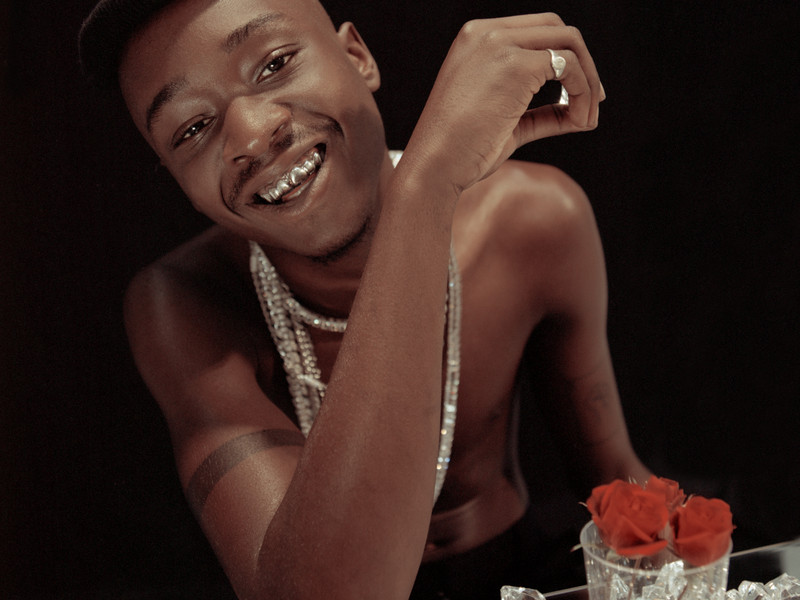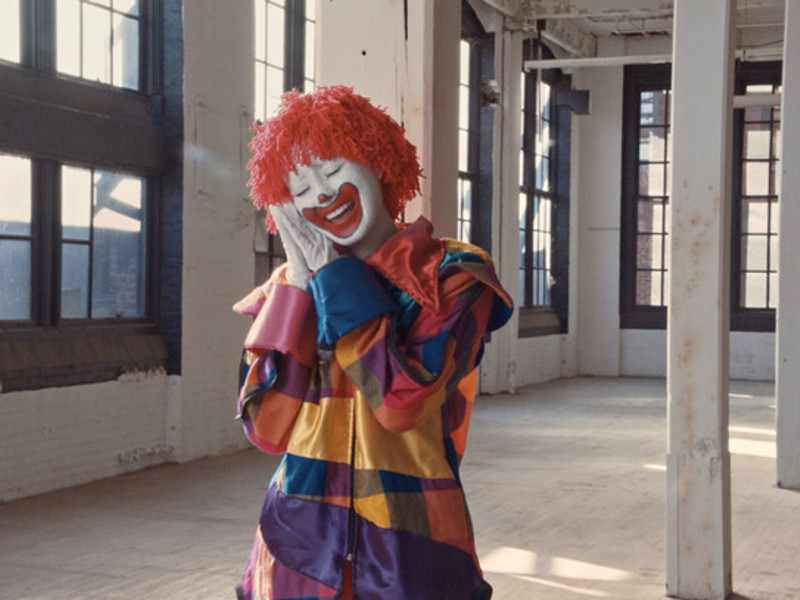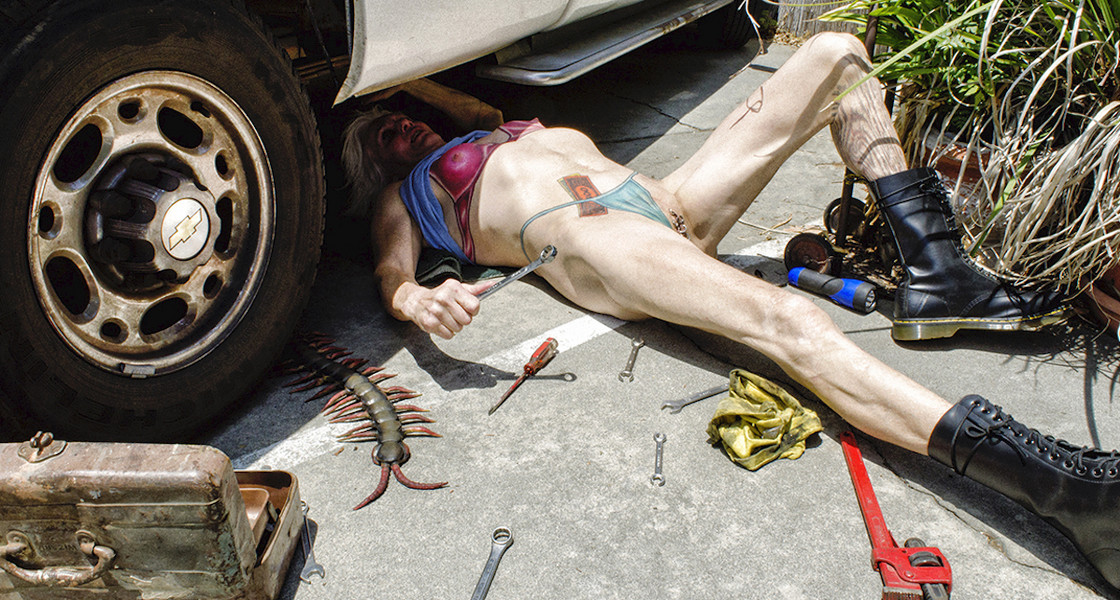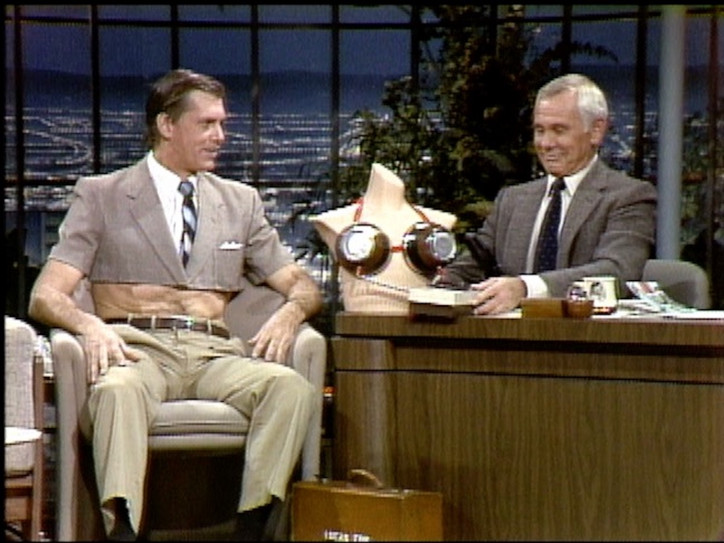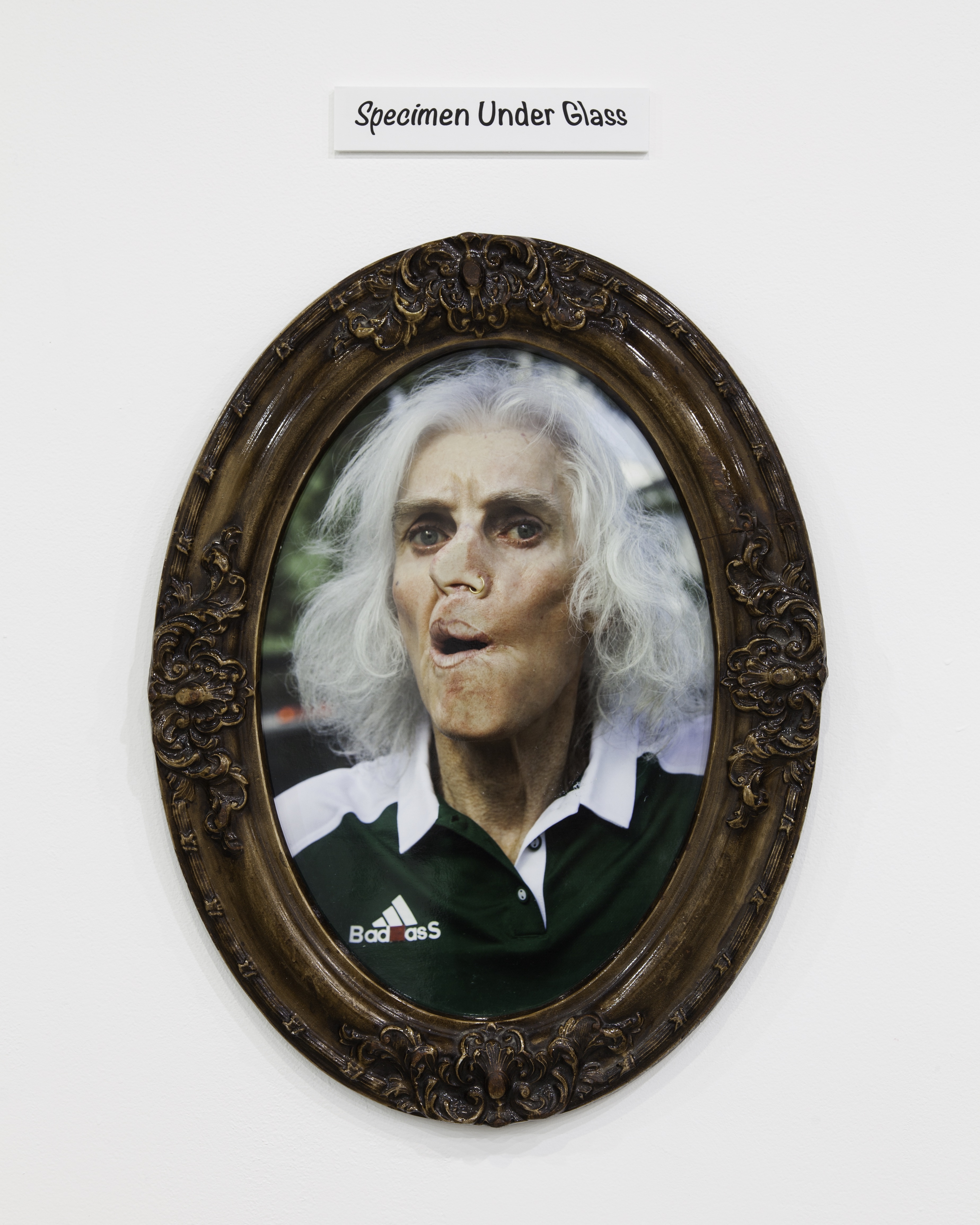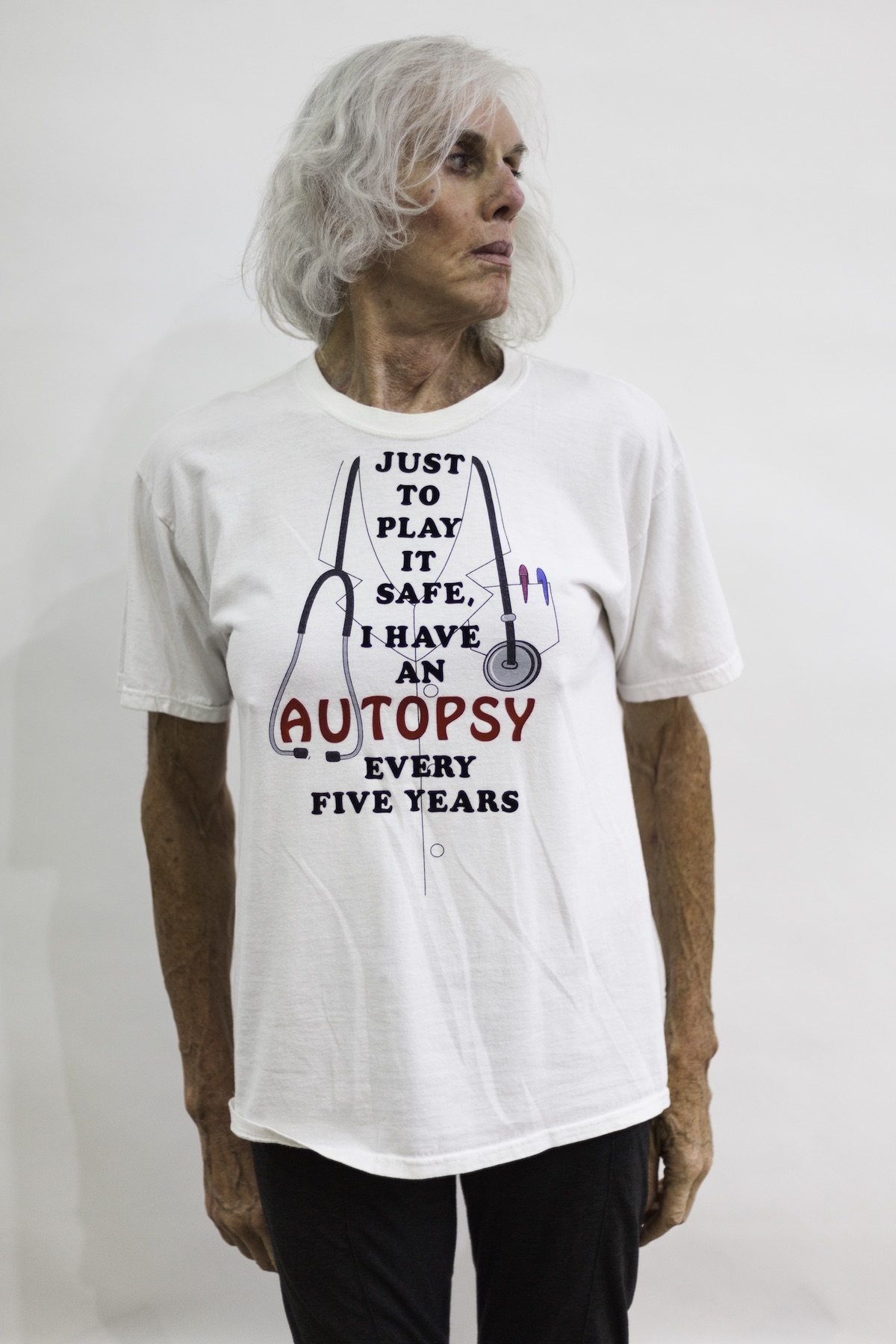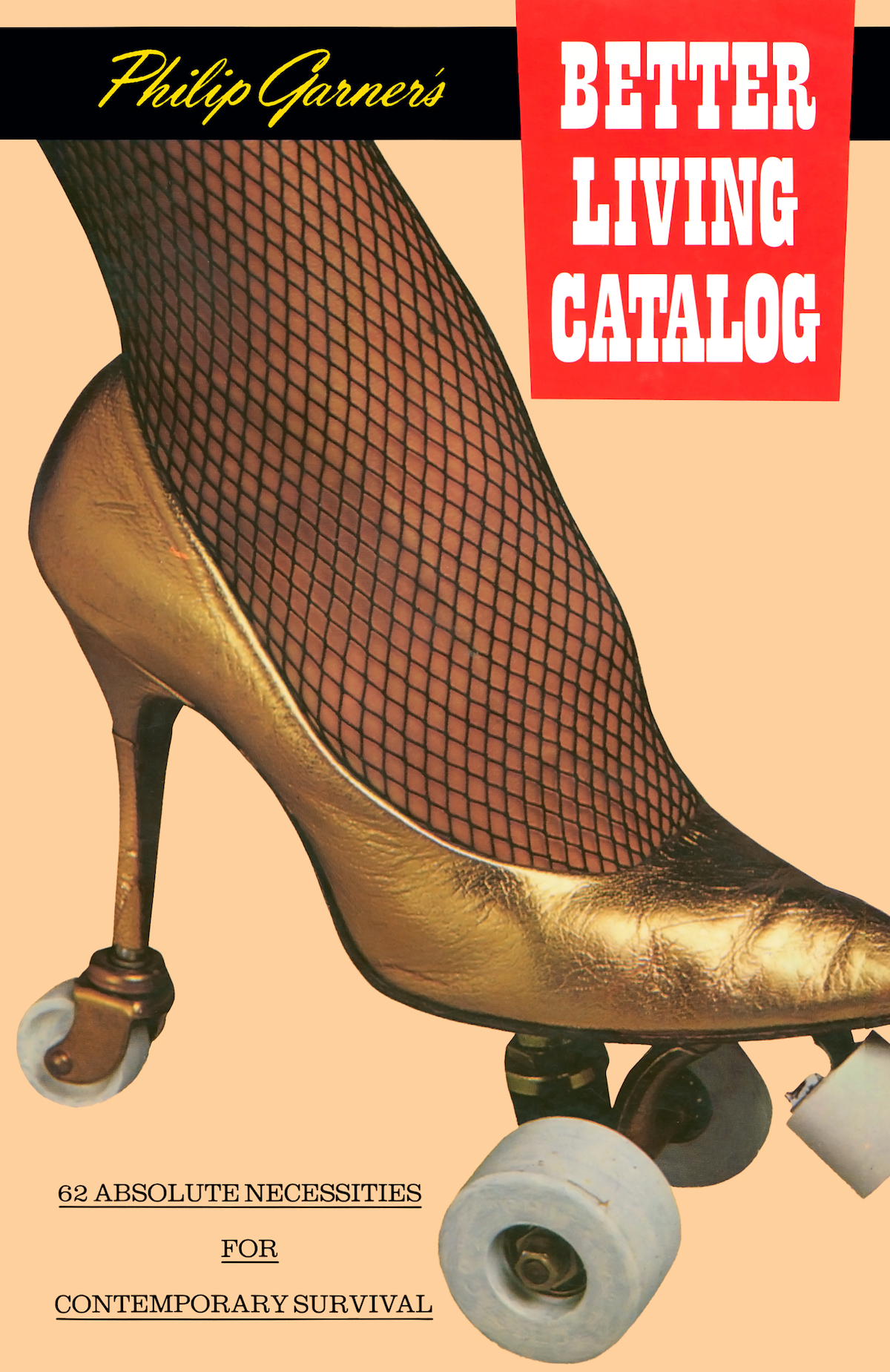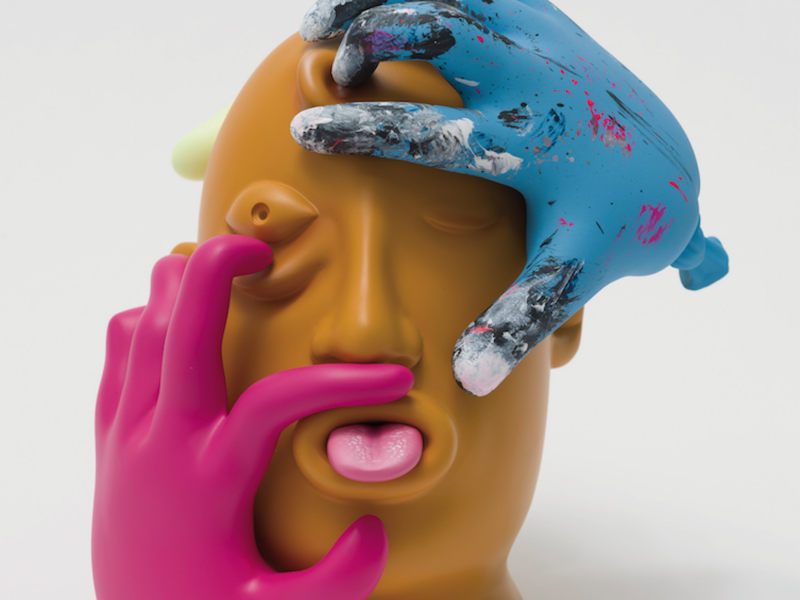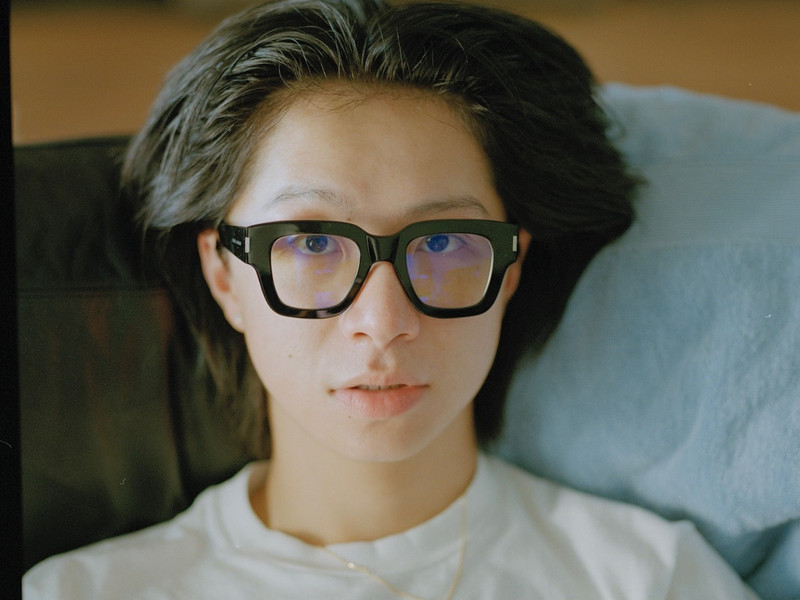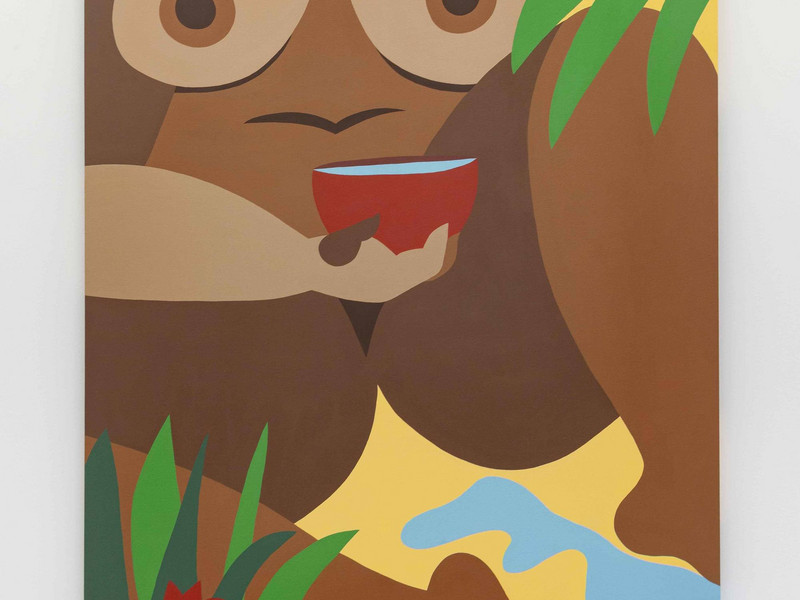Yeah, there are certain things about both of your work that wouldn't necessarily be visible unless they were shown together.
AB- Even my paintings in a show under the title ‘American Girl Diagnostics,’ I think they would not have any of that aura if it wasn't alongside Jane's work and under this title.
JB- We started from these super intense topical places and these really strong ideas of girlhood and femininity, medicine and bodies. We ended up scrapping a lot of ideas, because they were so on the nose. But in the end, you can really only see the references if you're looking for them, or if you ask. Again, a lot of ways these ideas of these proto-girls, which is the word pairing I keep coming back to, come through if you're observing really patiently or if you're curious. There's this note that I found from when we were writing about the show, and these characters, which I think is applicable too. “Each of these figures, our proto-girls, are like bizarre prescriptions. They're all existing in states that are wholly fake, with these formulas and scripts in these TV shows within planes of these fictionalized towns, but they're all experiencing real traumas, like poverty, addiction, death, religious oppression.” Also to harken back to the diagrams, it's a second iteration of a series of poems that I've done in these administrative, oppressive, sterile structures. More context for those, too, is being trained as a computer programmer, and working for a while as a software engineer. I was working with data structures and algorithms, which I found to be oppressive and dry. A lot of the ways in which I would remember them is by plugging in my comfort with the content of these silly shows, or embedding them with poems, for example, ‘mapping an array of objects that's composed of like, ribbons, or wishes, or tears,’ you know what I mean?
AB- I really love that visual. I really gravitate towards the idea of plugging in your own information into like pre laid out structures. I feel like a lot of both of our work keeps coming back to plugging things in intuitively instead of systematically.
JB- Another detail we had written, which is a general crux of all the pieces in the show, is their “general intention is to ridicule the entire structure by filling it with content that is lacking in real, concrete data, and instead putting in these dizzying accounts of being a girl, ideas on crushes or delirium, or feeling out of control.”
AB- Moments where the things kind of, like I said before, leak, or come out of structures, places where the structures can't hold them.
What you said about poking fun of the structure, I think that's something that's really interesting. I actually wrote down this quote that I wanted to include, I wanted to see what you guys thought about it. It's from Deborah Levy, and she talks about how “it is so hard to claim our desires and so much more relaxing to mock them.” I feel like that is something that's deeply feminine, an urge to reject the things that are used to define your gender.
AB- It is easier. I definitely agree that that's a feminine quality. Even engaging ourselves in the mocking of female speech patterns. I don't know exactly why that occurs, but I see it happen all the time.
JB- Even watching Succession, not to keep mentioning how we're so inspired by TV, but we are. And Jeremy Strong’s interviews, that was on one of the posters for the show. His GQ interview, a ‘What’s in my Bag’ or something, there's something so ridiculous about him, he just romanticizes everything to the nth degree and uses the most verbose language.
And that’s kind of like what I said at the beginning, not wanting to limit by defining the shit out of it. I feel like he’ll intellectualize a pen in his bag. Which I'm obsessed with. He's so feminine in that way.
JB- It's really interesting, it's hysterical to me.
Genuinely really funny.
AB- He has such a strange, but unapologetic presence thatI really admire. I think it's so cool, in interviews he seems like he's playing a character, but that’s him.
Did you hear about him method acting to ask where the bathroom was? One of his lines was just to ask where the bathroom was, and in real life on set he went to the next set or whatever, and fully went to an assistant to practice asking for the bathroom?
AB- He’s so forthcoming about it. He doesn't hide that which makes it so much less cringe in a way.
JB- I’m back to our document notes: pseudoscience, spirituality, imbuing medical spaces, slash offices with fantasy, sacredness, patternmaking formulas, etc, etc, etc.
Patternmaking? Deeply feminine.
AB- I was definitely trying to reference craft in a way to the tape, the upholstery nails. I used some nails that were really crafty, woodworking nails for tiny little woodworking projects.
JB- Also with the medical boxes, I was trying to figure out the best way I could steal them. Empty ones…
Where did you end up sourcing them from?
JB- I ended up just ordering from some American standard mailbox companies. They’re mailboxes, they're not even medical boxes, which also kind of adds a layer of domesticity and Americana and suburbia to them. A medical box would never have a scalloped edge, which one of them has, and they're frilly? The boxes themselves are objects I interact with every two weeks, as a base minimum. Whether or not I'm on a healthy one or not. These deposit boxes only contain blood and urine in real life. So that was another fun thing to explore: how do I beautify, or make something more subtle or delicate that contains two really aggressive bodily fluids, being measured for their toxicity?
AB- Also that Semiotext(e) book we both read, Theory of the Young-Girl.
What's that about?
AB- It's about the patterns of being a young girl in society. And I read it as mostly being kind of directed towards patterns in capitalism and patterns in marketing that that coerce, kind of using sexuality into making consumers.But it doesn't always have to apply to young girls, it could apply to anyone, but it's like tactics of marketing and capital, making pretty little customers.
JB- Yeah, and that's a perfect read on it. Yeah. It was written in the 2010s, so it definitely has a more contemporary speculative approach. It's certainly one of the more modern texts on ‘girlhood theory’ that exists. Dakotah Murphree, our dear friend who wrote our press text, is a really brilliant artist and writer. She suggested that I read this a few years back…The works are definitely explorations on these themes of being a young woman and girlhood, but it's definitely not ‘feminist art’, or it's not art that’s overtly female, even if it has elements that are really ‘feminine’.
AB- I think it's more of a consideration. All works are considerations more so than statements.
AB- Just a thought, but I do feel like a lot of really trendy work right now is making a statement or taking a position. I think sometimes the value of considering something, or the value of not having a really clear point or stance is forgotten sometimes. The middle ground is kind of where we both feel comfortable and like to explore.
JB- We really want to make work that's in a subtle plane, even if that means that I have a video and really loud speakers and a subwoofer that shakes a building. I'm like, that's still subtle.
AB- Even if that aspect of it is physically noticeable, the work as a whole, I think, has a really subtle presence. And it also sneaks up on you.
JB- Yeah, we were both trying to make people come back to explore.
AB- No quick hitters. I like the idea of people spending time with the work. Consideration is prevalent
JB- Facts.
AB- Dramaturgically speaking.
